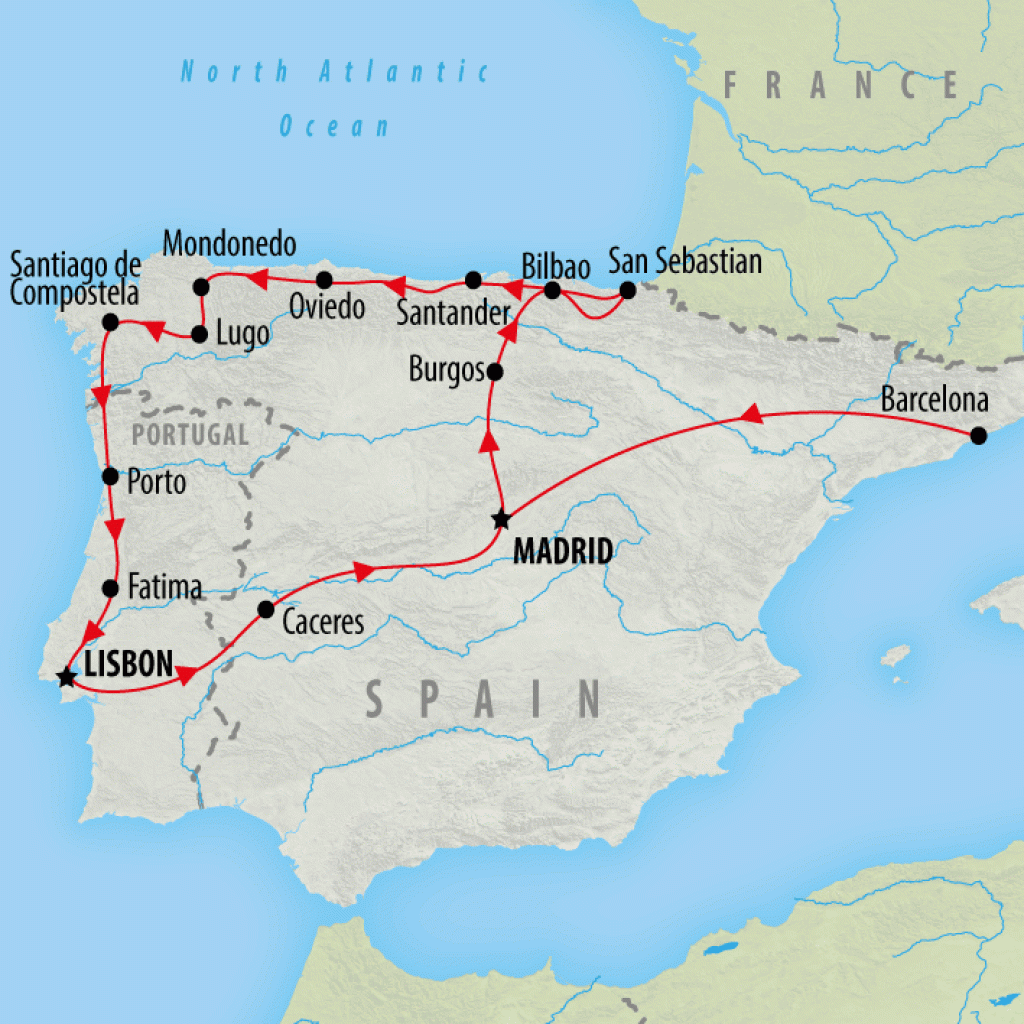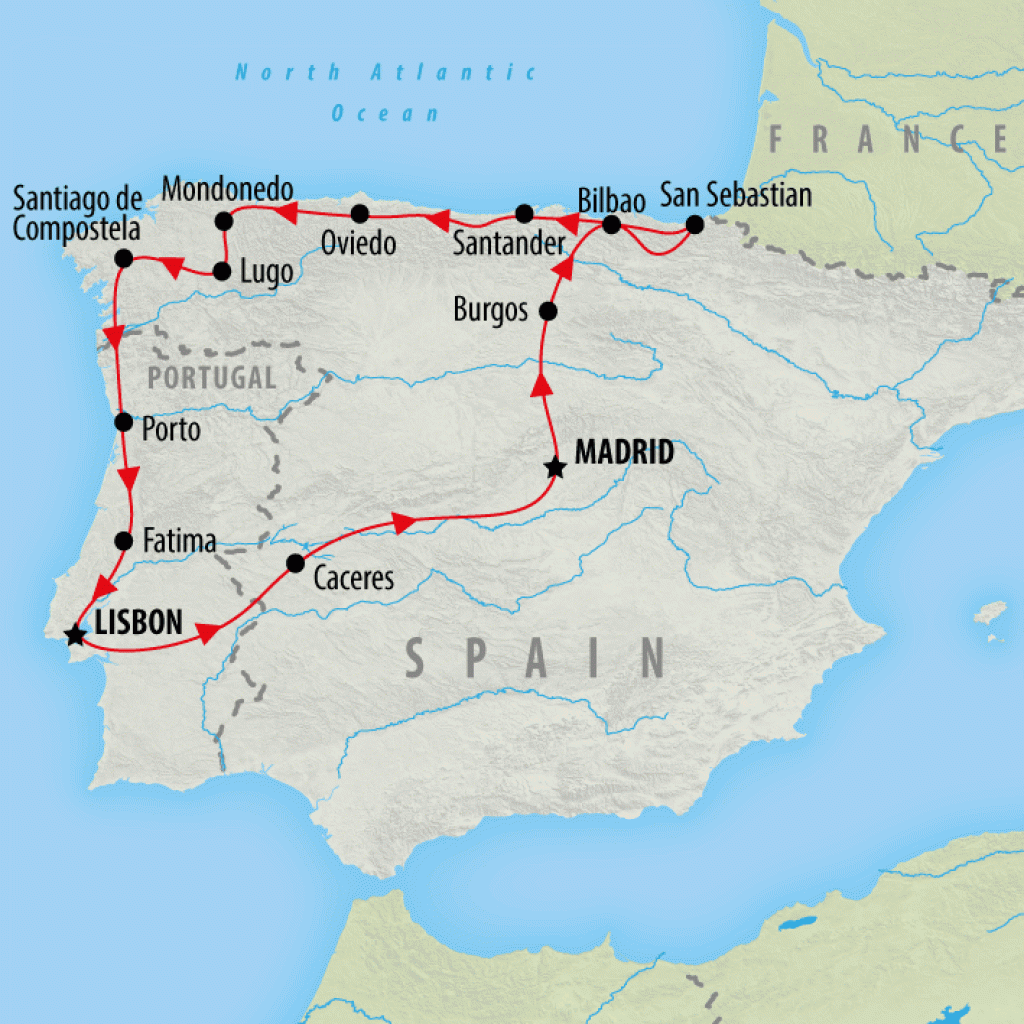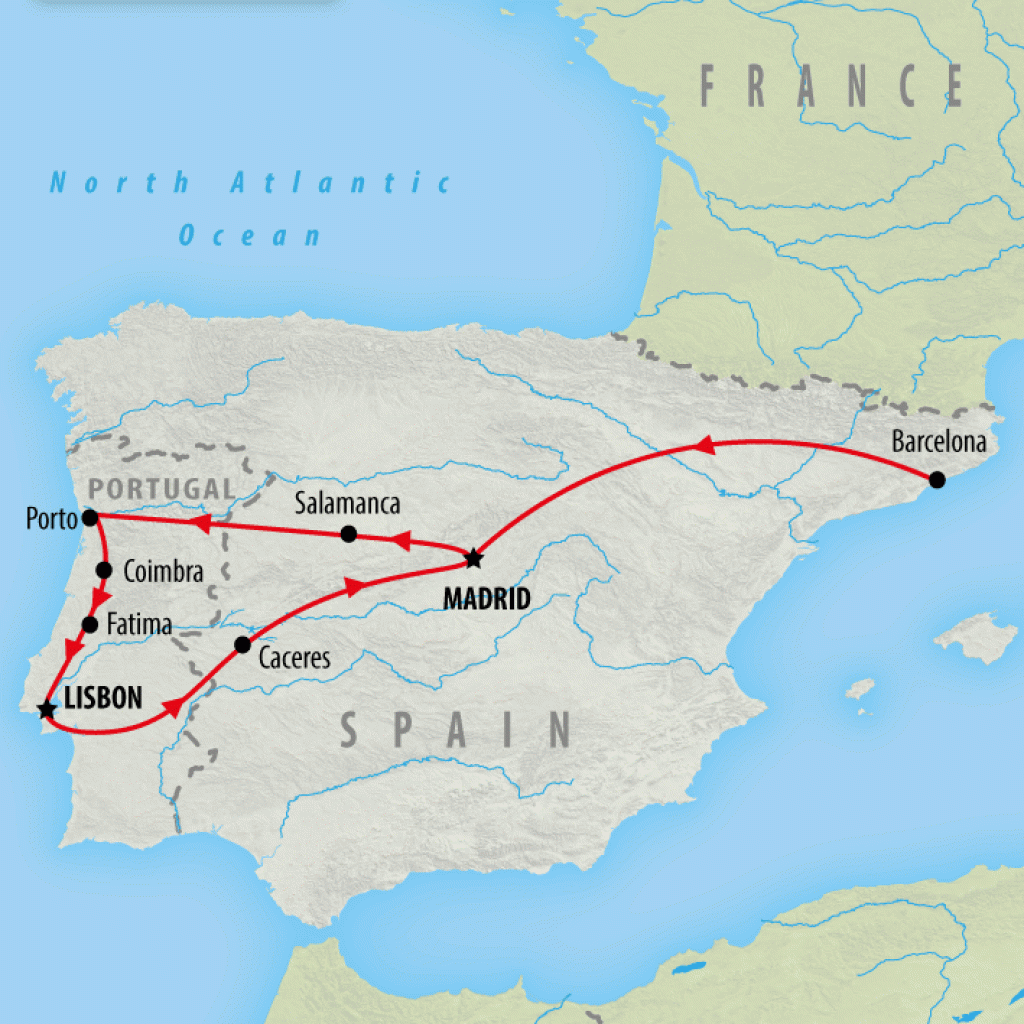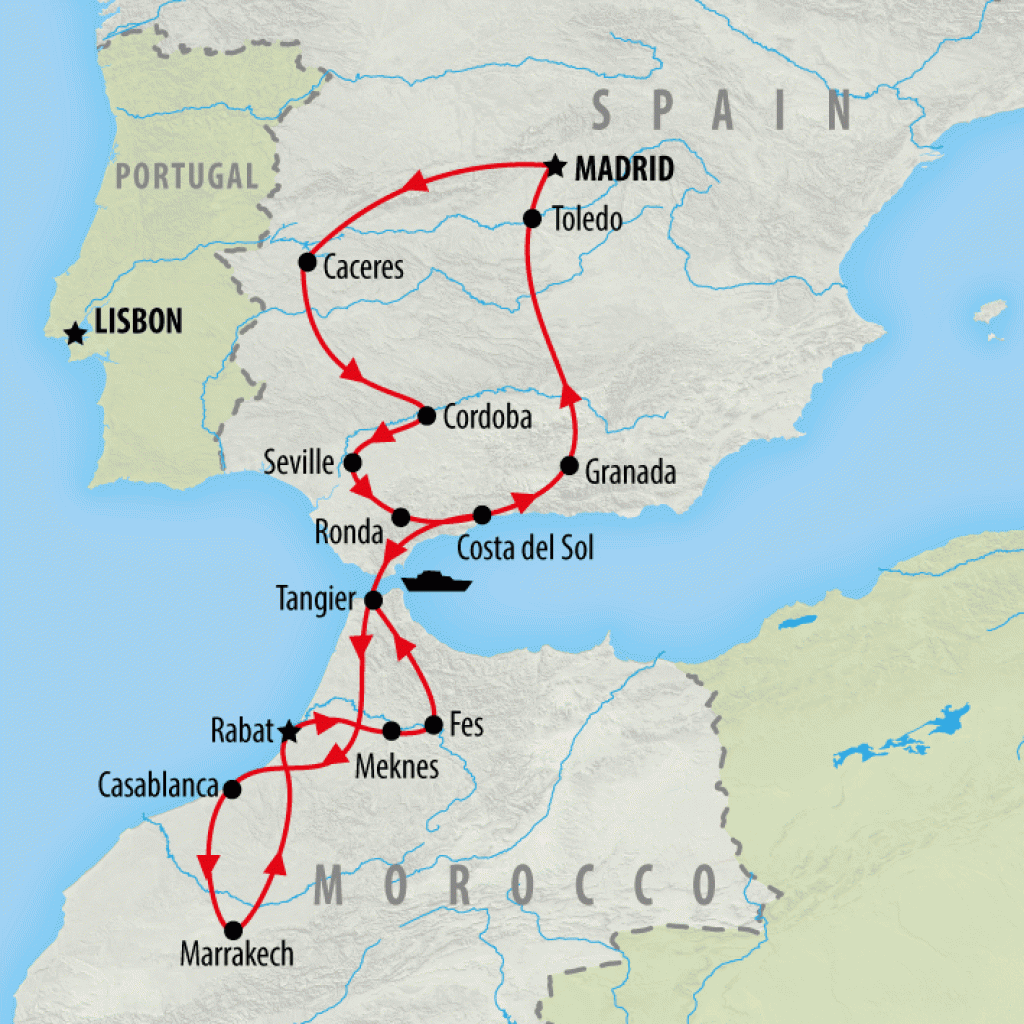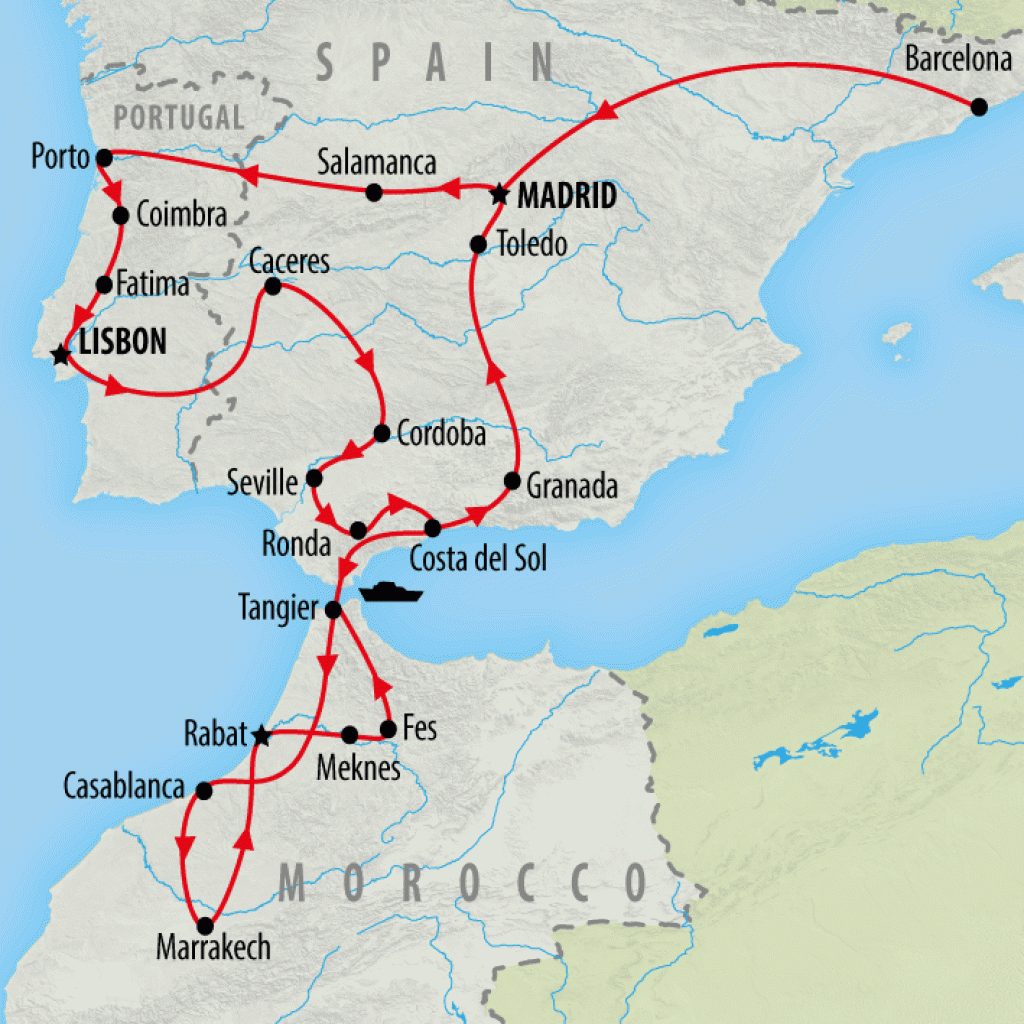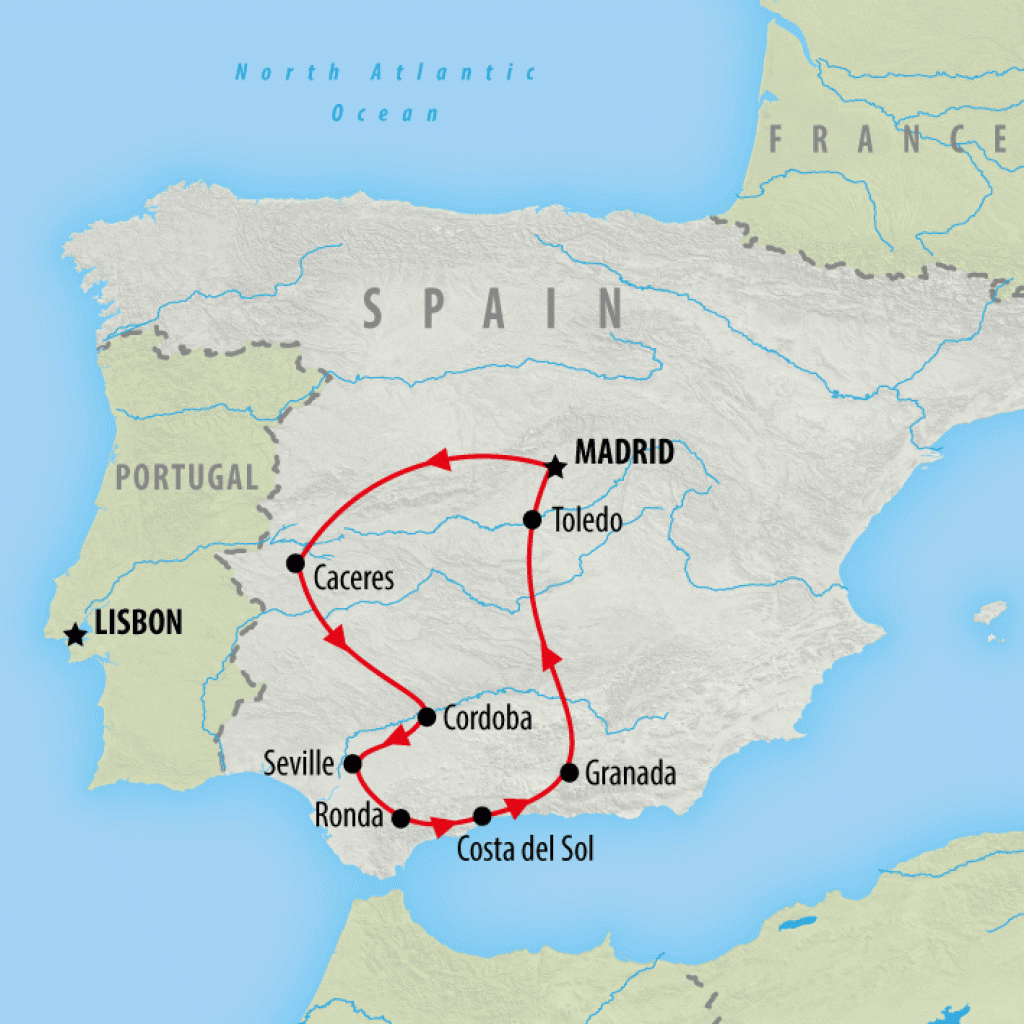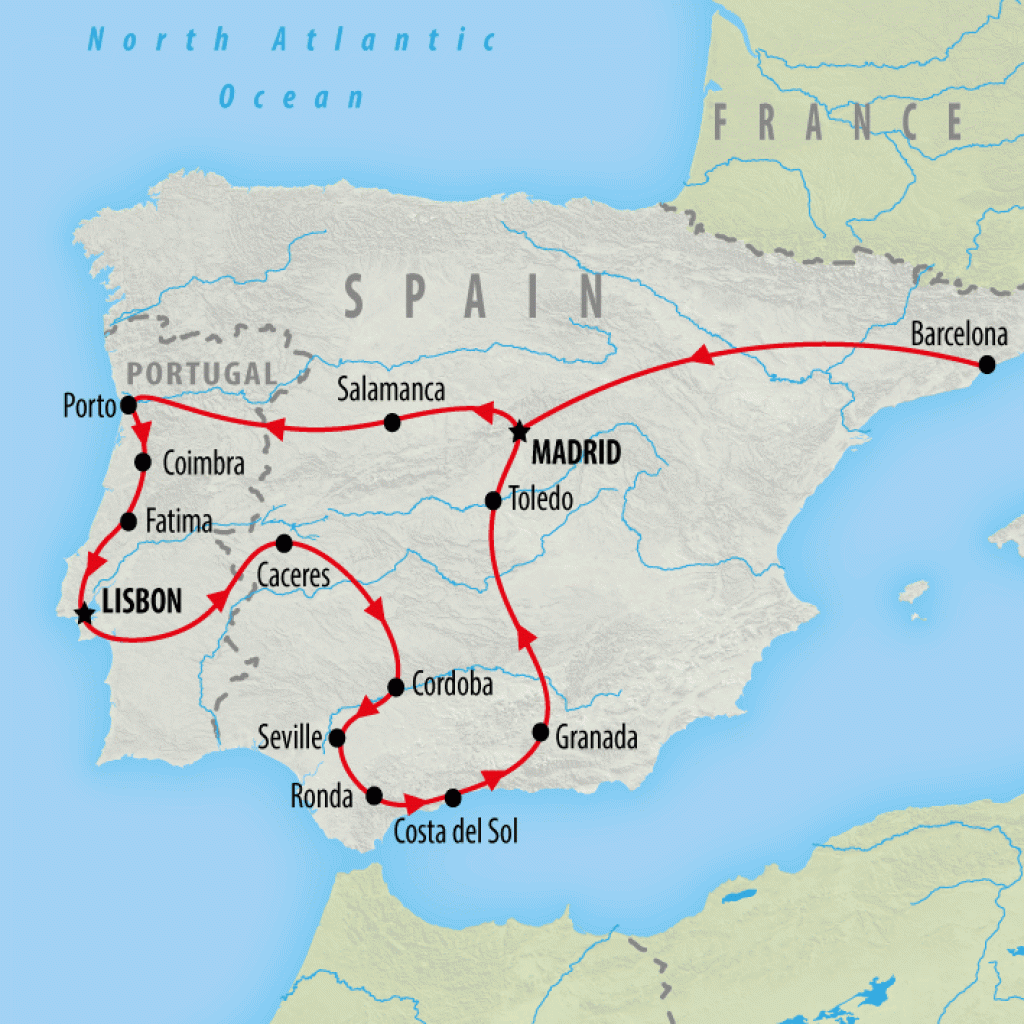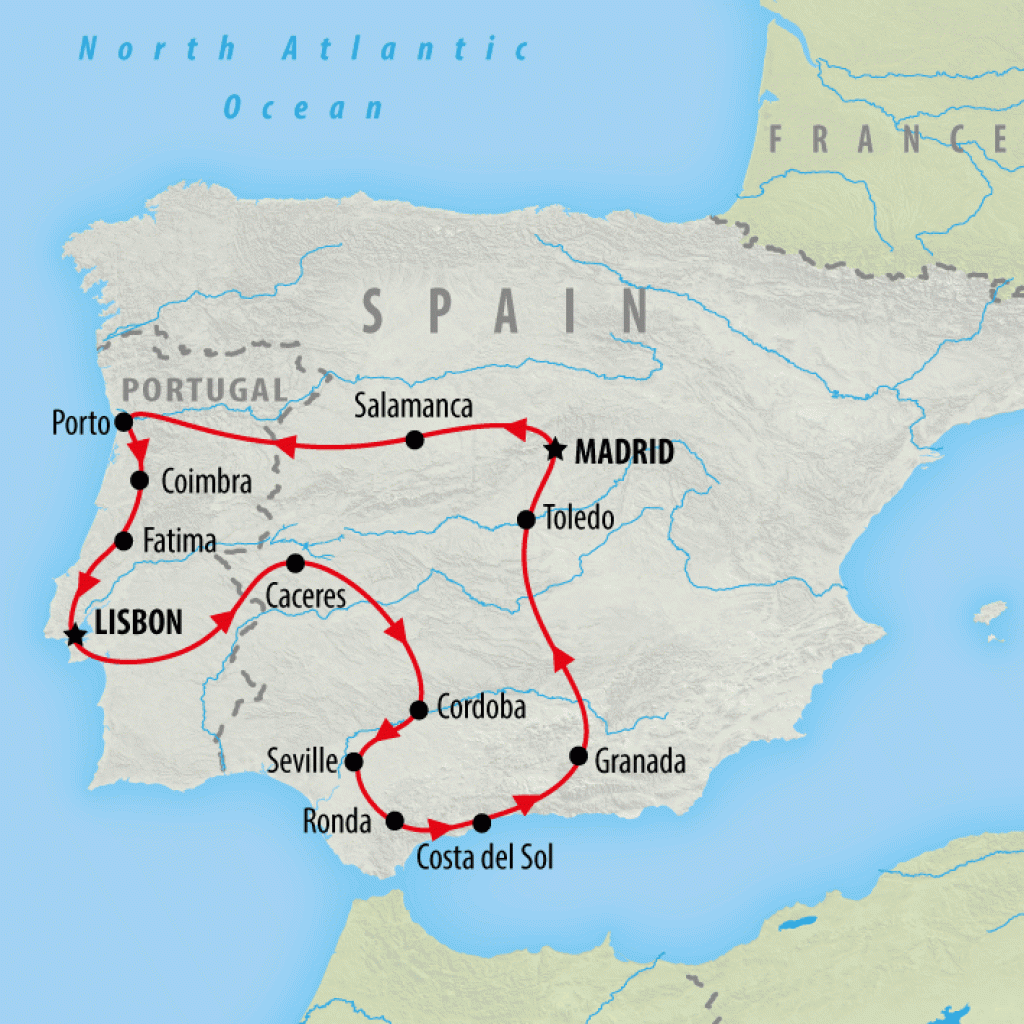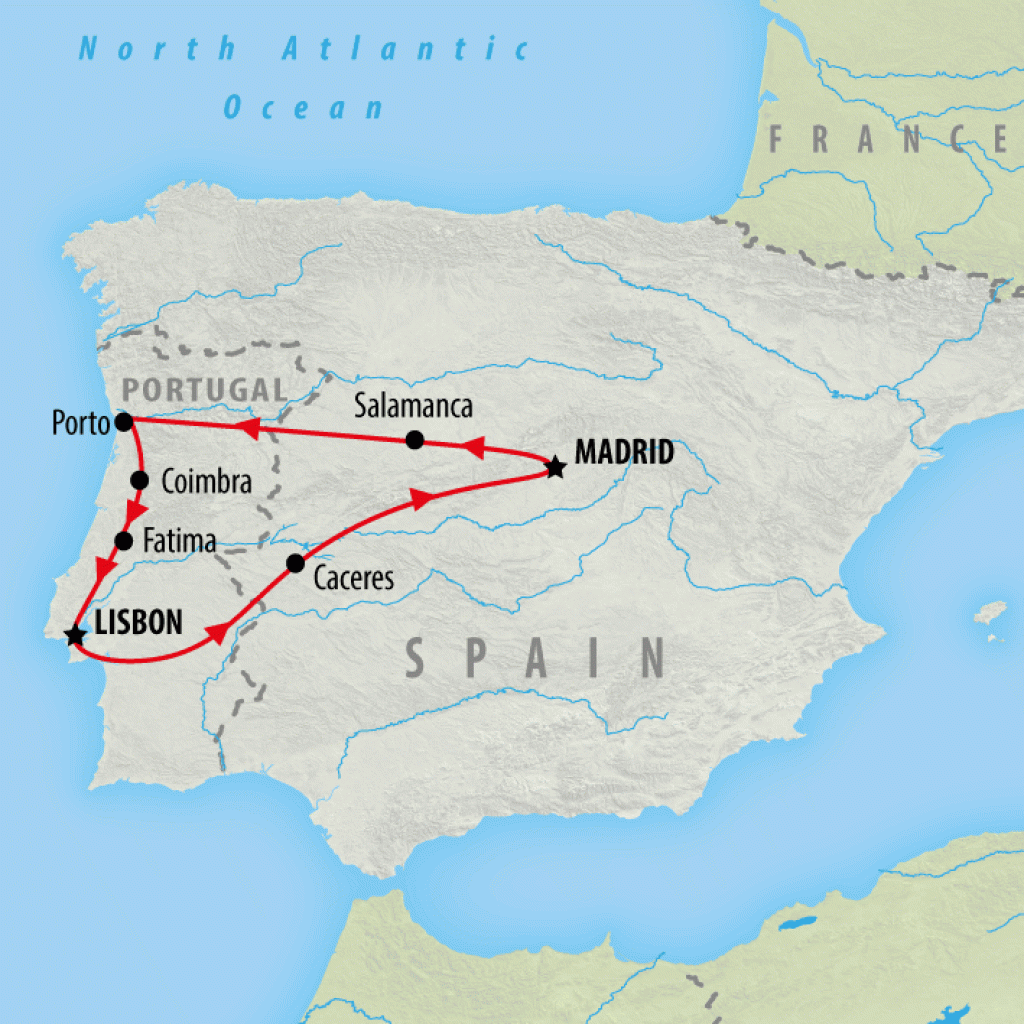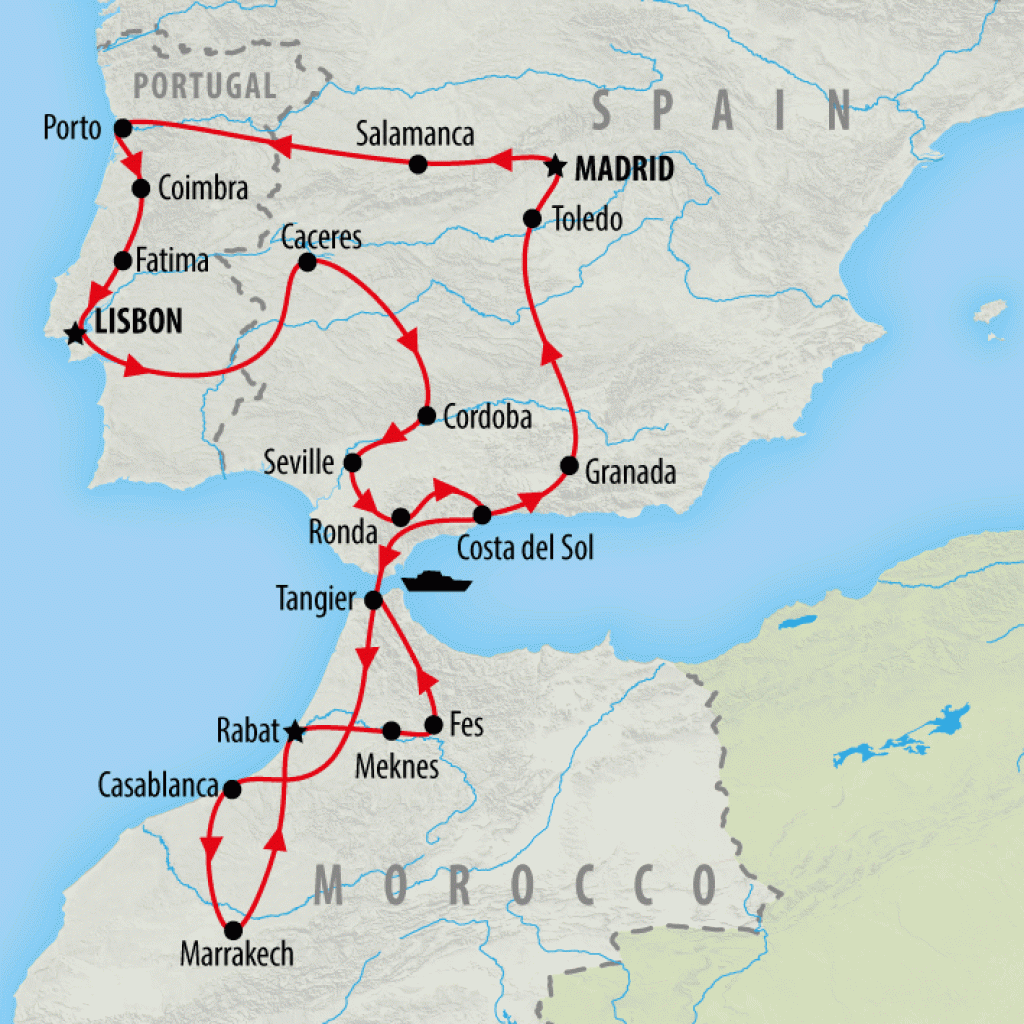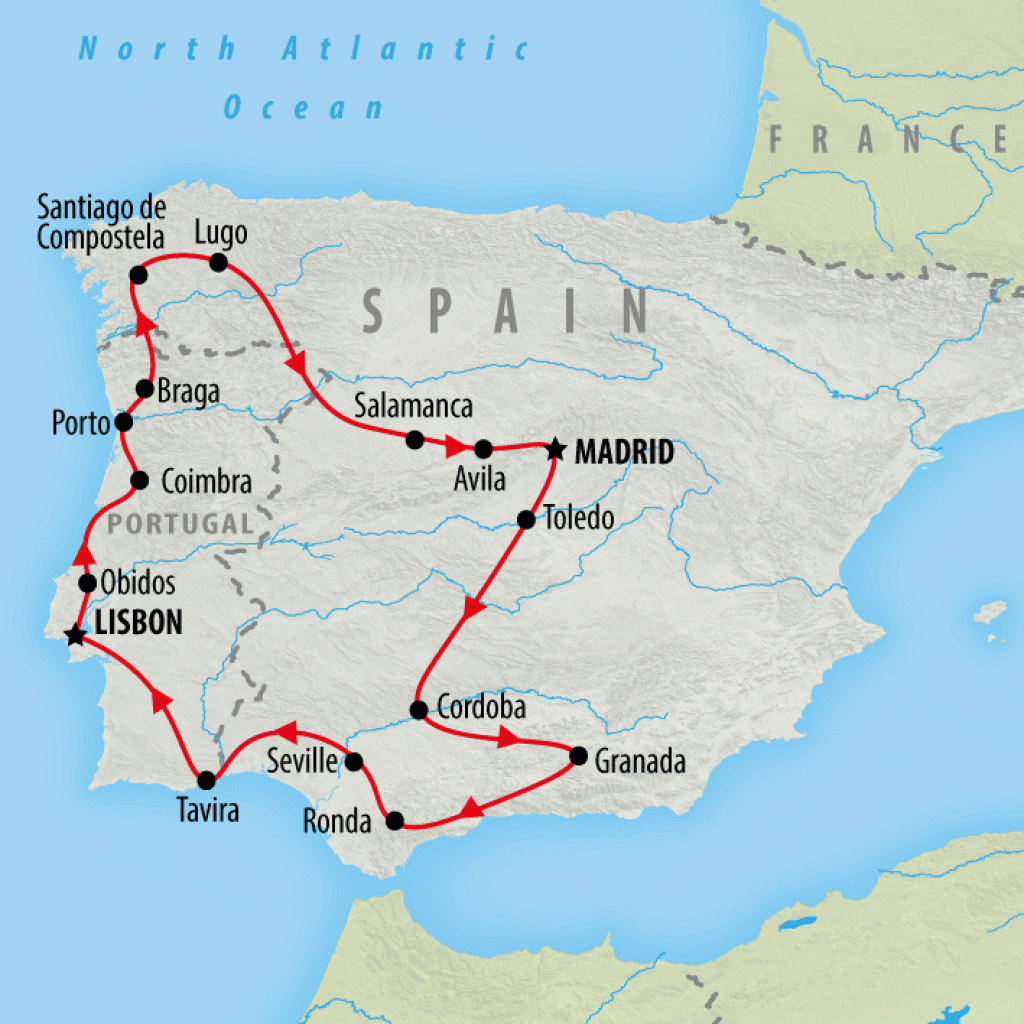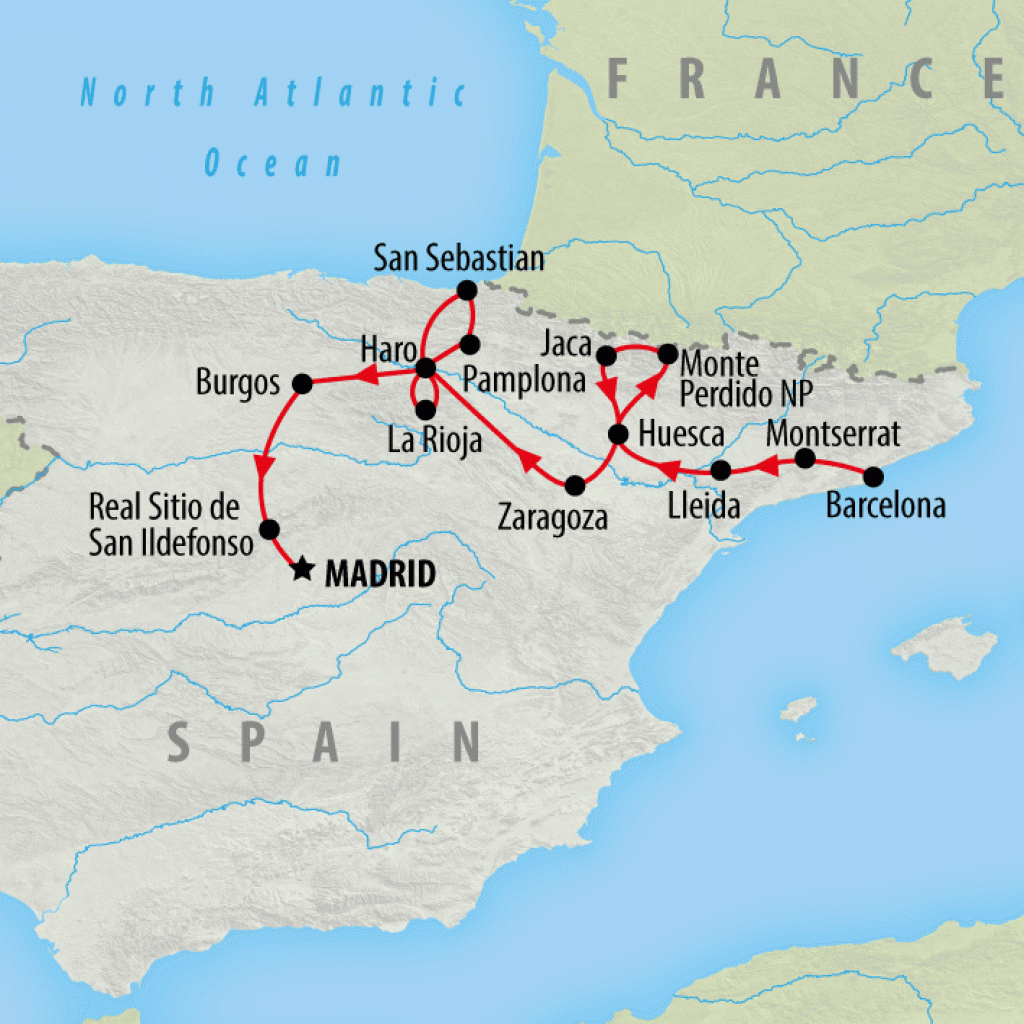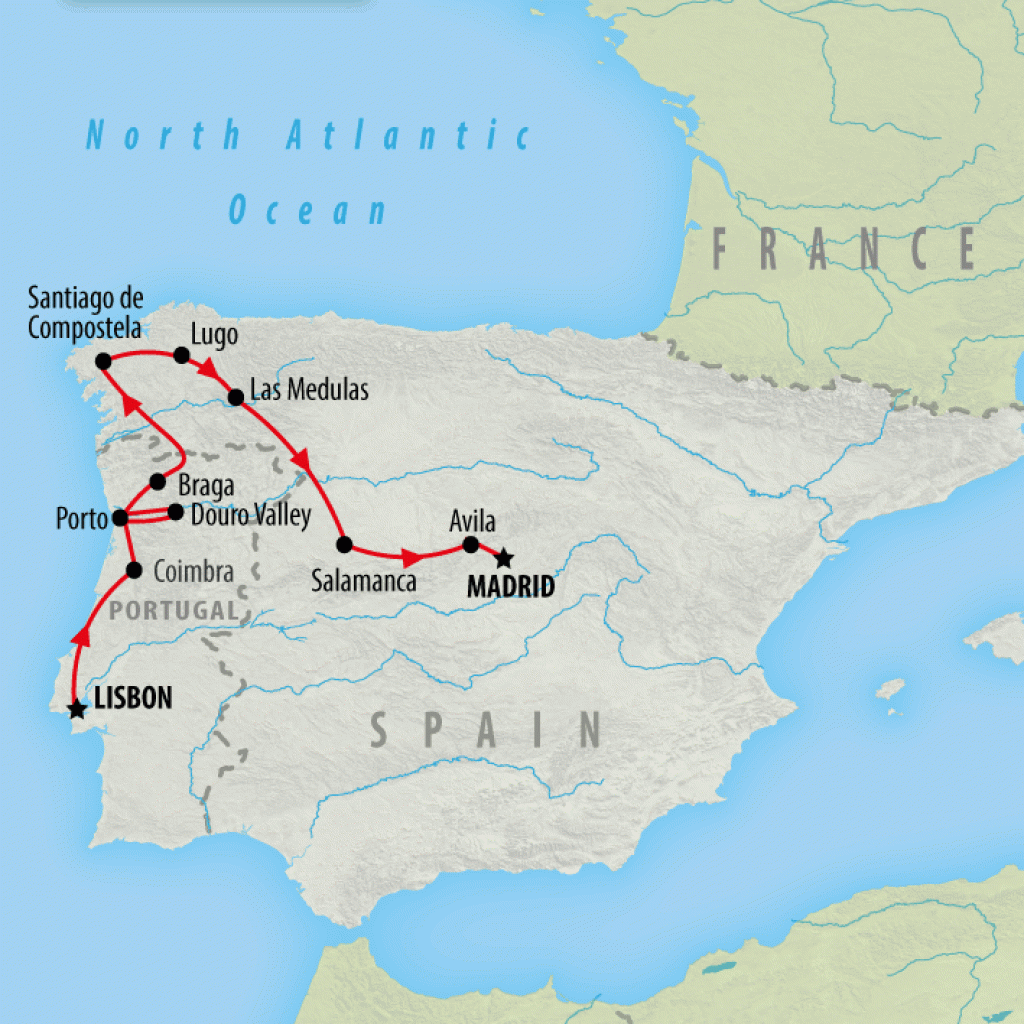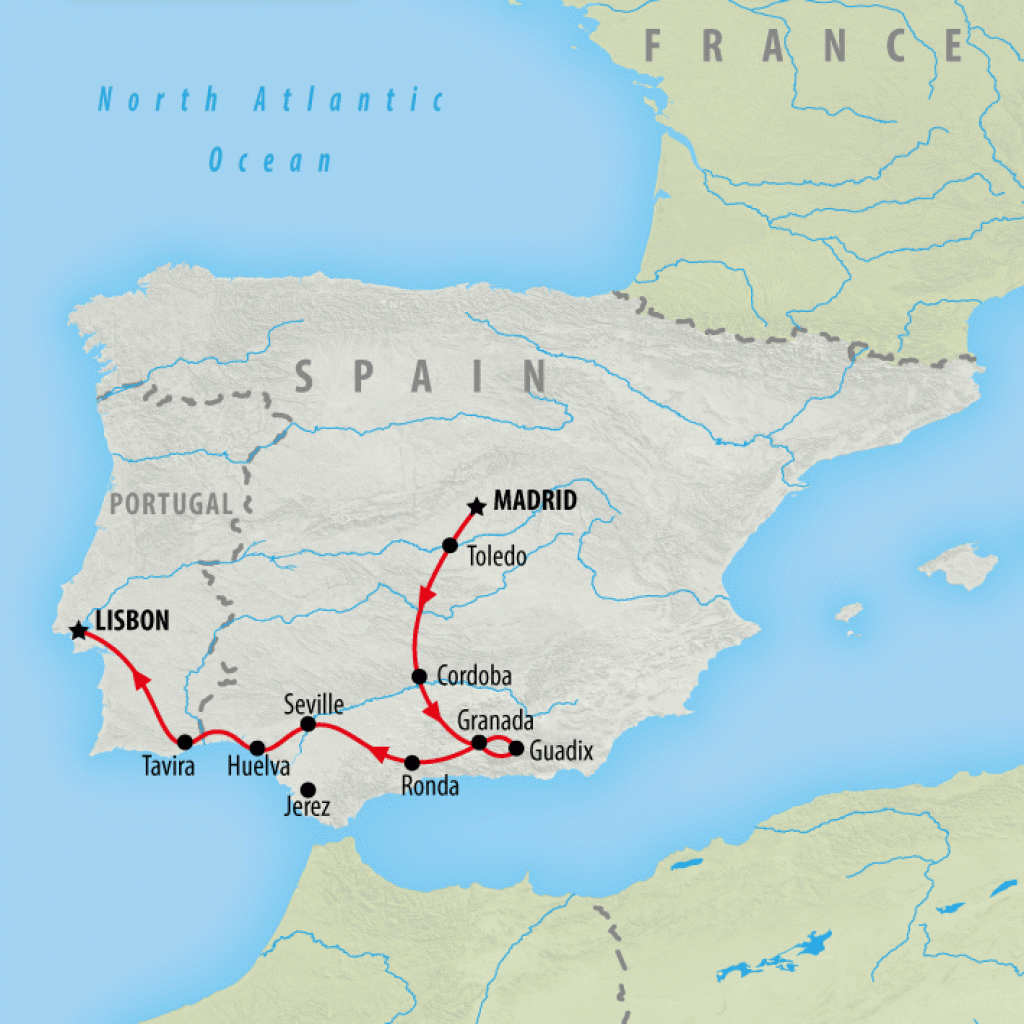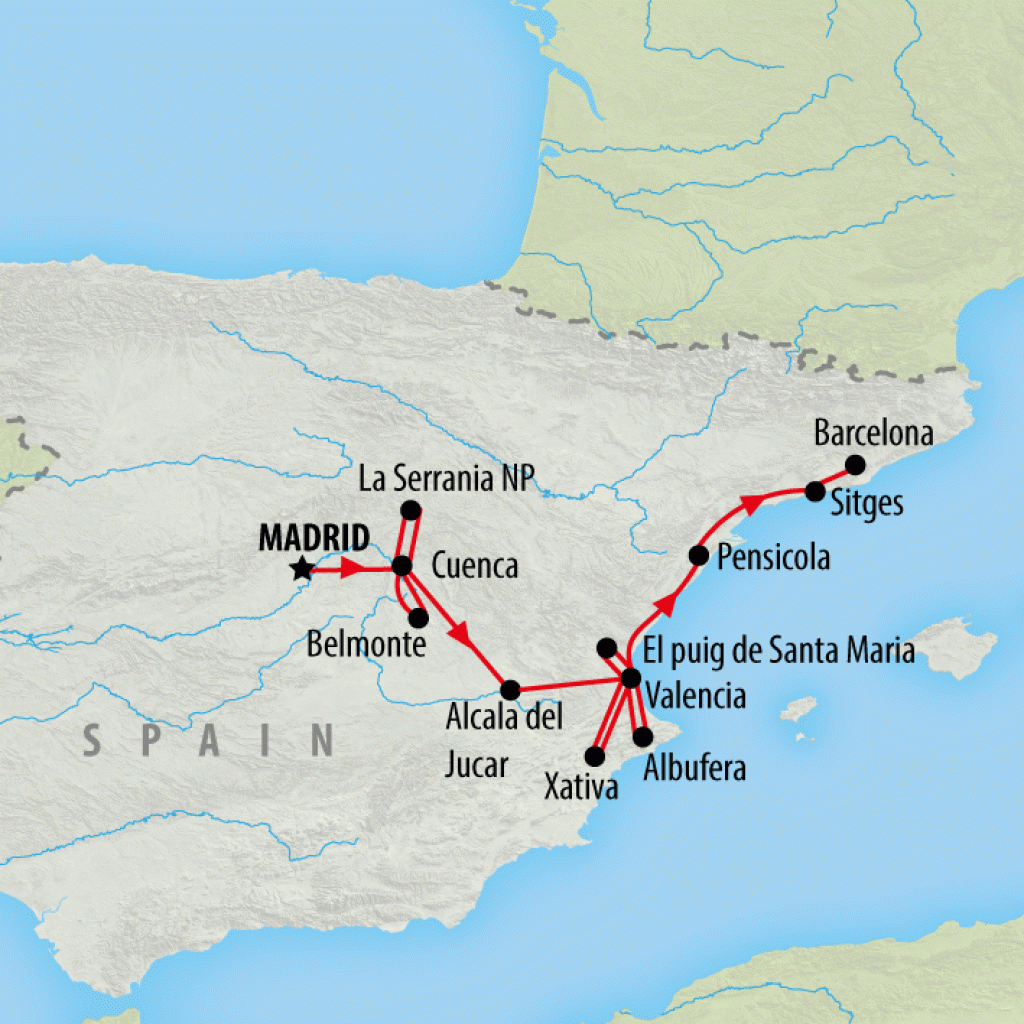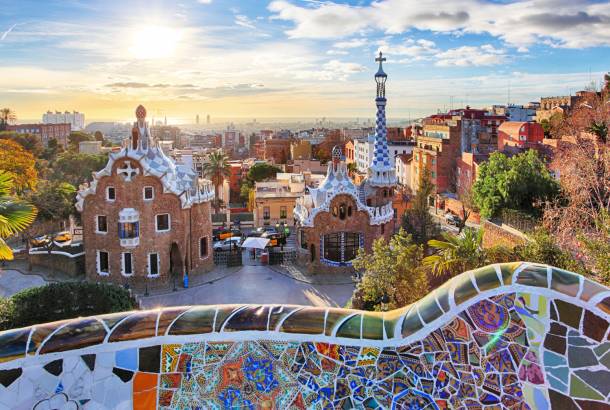
Seasons and Weather
Spain enjoys a Mediterranean climate due to its location in Western Europe. And with that you can expect hot, largely dry summers, and cool, wet winters. Temperatures vary from north to south with Andalucia experiencing particularly high heat in the summer months. For this reason, the cooler seasons of spring and autumn are largely considered to be the best time to visit Spain. These times of year also tend to be a little quieter than the summer months as kids are at school and so fewer families travel.
Spring in Spain
If you want warm weather, sun, long nights and festivals in abundance, it’s safe to say spring (March - May) is the best time to visit Spain. In the spring (or shoulder season) the crowds haven’t yet descended on many of the popular holiday destinations. The weather is pleasant in both city and beach locations. A lot of the beach bars and water sports are starting to open for the season so there is a certain buzz in the air. Accommodation and transport is cheaper and there is still an abundance of things to do especially as it hits April.
Summer in Spain
Beach spots like Barcelona and San Sebastian come alive when summer (June - August) begins. The beaches are full, providing relief from the scorching sun, and the atmosphere is merry. Naturally, hotels and transportation are stretched to their capacity during this period. Festivals like Valencia’s La Tomatina take place in summer also. Cities like Seville, Cordoba and Madrid can get very hot in summer, which people should keep in mind when booking a city break. Despite the hot weather it’s still a great time to visit Spanish cities, just make sure to pack some light clothing and don’t overdo the sightseeing.
Autumn in Spain
The start of autumn (September - November) can also be very pleasant as the temperature starts to cool off and crowds thin out. Sightseeing is much more pleasurable when it's a little milder and autumn is also perfect for wine lovers. September marks the time to taste the year’s wine harvest and is therefore the perfect time to head to the Rioja region. Seville and Madrid are also a lot milder in temperature if you aren’t a fan of inner city heat.
Winter in Spain
With the exception of Christmas when many parts of the country become very busy, the winter months (December - February) are considered low season in Spain. The north and center of Spain can become surprisingly cold though the south stays mild enough for a weekend city break. And the bonus at this time of year is cheaper costs and fewer crowds.
Climate in Barcelona
| Jan | Feb | Mar | Apr | May | Jun | Jul | Aug | Sep | Oct | Nov | Dec | |
|---|---|---|---|---|---|---|---|---|---|---|---|---|
| Temp Min °C | 9 | 9 | 8 | 12 | 15 | 20 | 23 | 23 | 20 | 16 | 12 | 10 |
| Temp Max °C | 16 | 16 | 17 | 19 | 23 | 27 | 31 | 30 | 29 | 23 | 19 | 16 |
| Rainfall (mm) | 18 | 35 | 26 | 66 | 19 | 16 | 8 | 9 | 42 | 63 | 89 | 27 |
Climate in Seville
| Jan | Feb | Mar | Apr | May | Jun | Jul | Aug | Sep | Oct | Nov | Dec | |
|---|---|---|---|---|---|---|---|---|---|---|---|---|
| Temp Min °C | 10 | 9 | 7 | 11 | 14 | 20 | 24 | 24 | 21 | 17 | 11 | 10 |
| Temp Max °C | 18 | 19 | 21 | 24 | 27 | 36 | 41 | 40 | 36 | 29 | 20 | 18 |
| Rainfall (mm) | 78 | 37 | 35 | 77 | 125 | 0 | 1 | 1 | 7 | 116 | 142 | 41 |
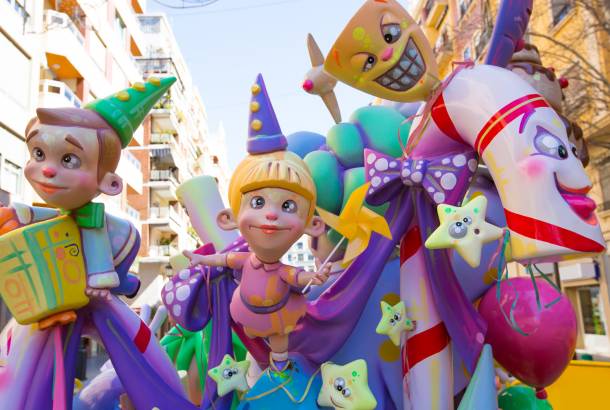
Festivals and Events in Spain
Brimming with culture, passion, food and wine, Spain celebrates a number of festivals throughout the year that feature on many people’s bucket list. Attracting people from all over the world, prices for accommodation and transport can often surge at these times. Festivals take place in almost every town and city in Spain throughout the year but here we've selected some of the best.
Running with the Bulls (San Fermin)
Every year from the 6th to 14th July the Fiestas de San Fermin - otherwise known as 'Running with the Bulls' - is celebrated in the city of Pamplona. As the name suggests, bulls are led through the streets by dare devil runners. Bull runs are at 8am every morning, though the celebrations continue throughout the day and night as the streets of Pamplona come alive with festivities.
Las Fallas
Valencia’s Las Fallas has recently been added to the UNESCO Cultural Heritage List and it’s not hard to see why. The traditional celebration is held in commemoration of Saint Joseph and takes place over five days in March. It is a festival of fire, as over the week you’ll see hundreds of large puppets (ninots) burnt on large bonfires to honor St Joseph.
La Tomatina
Held in the Valencian town of Bunol, La Tomatina is possibly one of the world's messiest events. This famous festival is, in essence, a huge tomato throwing event and takes place every year on the last Wednesday of August. People come from all over the world to have a go at throwing - in total - around one hundred metric tons of tomatoes (over ripe ones, of course). In addition to tomatoes, expect dancing, fireworks, parades and music.
Haro Wine Festival (La Batalla de Vino)
Taking place in the historic town of Haro in Spain’s La Rioja wine country, the Haro Wine Festival is certainly something different. Taking place on the day of patron saint San Pedro, June 29th involves many festivities. These include wine drinking competitions and the famed Battle of Wine, where people pour wine on each other with buckets.Three Kings' Day
Three Kings' Day marks the end of Christmas in Spain and celebrates Epiphany, a day in the festive season where people exchange gifts. It commemorates the arrival of the wise men after the birth of Jesus in Bethlehem. It’s as important as Christmas Day in Spain and is celebrated across the whole country on January 6th each year.
See also
Check out our handy Travel Guide resources to help plan your trip to Spain:
Spain tours - find out more about our trips to Spain
Best Places to Visit - where to go on your Spain trip
Top Travel Tips - useful info on money, health, food and more
Cities to Visit in Spain for First Timers - plan your first visit to Spain
Tourist Visas - info about visas for travelers to Spain

































